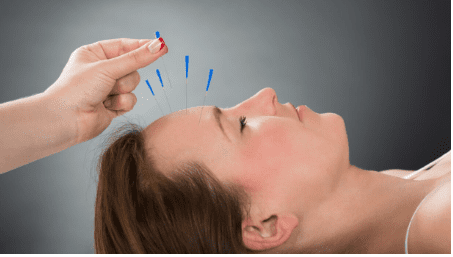If you are looking for alternative health methods that can help you alleviate ailments and pain while staying healthy, you may want to learn more about acupuncture and how it works. To learn how acupuncture works, you must first understand more about the human body and the special acupuncture body points used to produce the desired results.
Understanding Acupuncture Body Points
There are many acupuncture Body Aches & Pain points that can be utilized to relieve pain or maintain health, but most are found along the 12 main meridians. There are more non-falling points along the 12 prime meridians, but these are the most commonly used points. This is mainly because the 12 major meridians deal with major body organs. These include:
o bladder
o Gallbladder
o heart
o Kidney
o large intestine
o Liver
o Lungs
o pericardium
o San Jiao (a conceptual organ that many believe means the lymphatic system)
o small intestine
o spleen
o stomach
To understand how acupuncture works, it is important to know more about how energy flows through the body and how these 12 areas and other acupuncture body points are interconnected.
Path of the Twelve Major Meridians
The pathways of the 12 major meridians run in all directions including vertical, bilateral, and symmetrical. Each of these channels connects internally and externally with one of the organs. The external pathway is the path most commonly seen on acupuncture body point charts, but the external pathway is actually a bit superficial. The internal pathway, on the other hand, is where the acupuncture body points can be properly stimulated to produce the desired effect.
Choose the right acupuncture body points
To obtain the benefits of acupuncture, a professional trained in how acupuncture works must first examine the patient and determine which acupuncture body points need to be stimulated. This includes a thorough examination, including looking at the facts and tongue and discussing symptoms with the patient. Symptoms of particular interest to an acupuncturist include chills and fever, changes in appetite, sweating, changes in urination or bowel movements, pain, and changes in sleep patterns. Taking all these factors into account, the therapist can select the best acupuncture body points to use in their treatment plan.
Everything You Need to Know About Acupuncture
When deciding what to do, the acupuncturist will focus on the face and tongue, determining size and color, and making sure there are no tensions or coatings, or teeth marks. They will also listen to see if you are wheezing or making specific sounds or if you are paying attention to body odor. Finally, we’ll make sure you’re enjoying chills or fever, sweating, good or bad appetite, thirst and taste, pain, sleep, and proper bladder function. This is similar to a regular physical exam, but in this case, you will be diagnosed with how well your body is in tune.
When you go for an acupuncture treatment, you can expect to have the needle tip stuck in a spider web between your thumb and palm to target your head and hands. You may feel a slight cramp between your thumb and hand and a tingling sensation. Some patients experience severe pain, others experience severe headaches and nausea, and the headache is relieved. Needle points can also be placed on the head at various points that affect and dilate the blood vessels in the scalp. This is to relieve headaches.






























